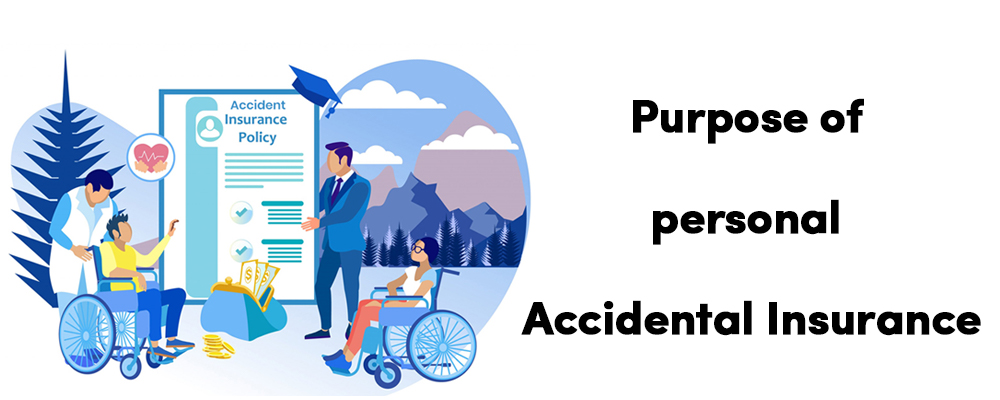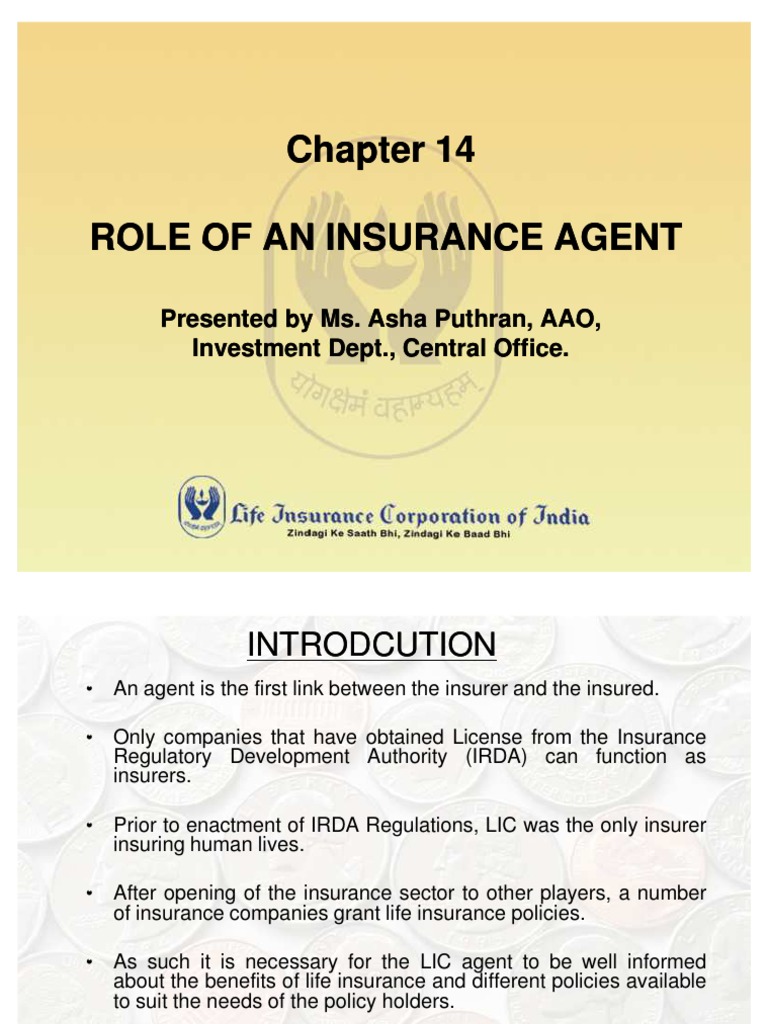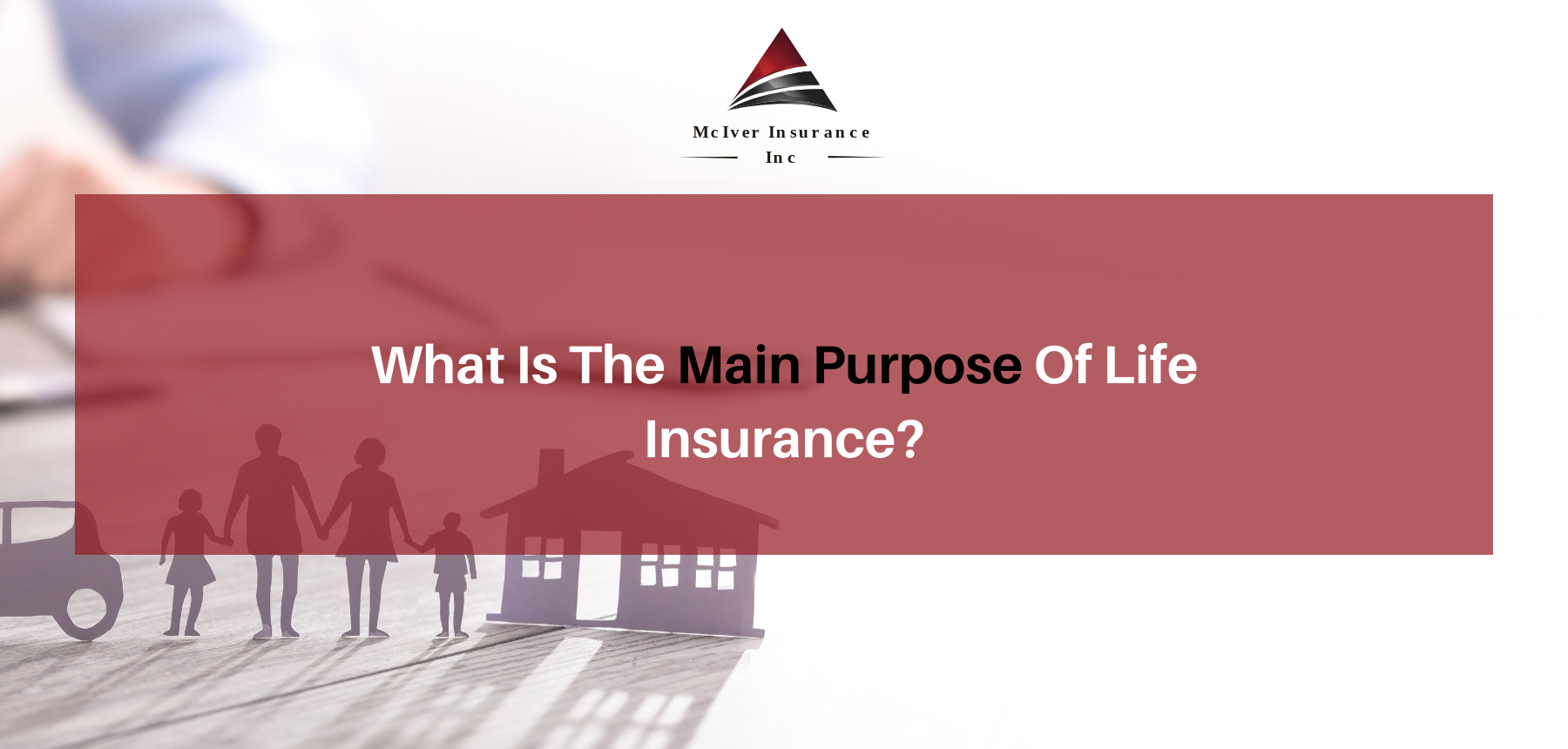6 Simple Techniques For Pacific Prime
6 Simple Techniques For Pacific Prime
Blog Article
What Does Pacific Prime Do?
Table of ContentsGet This Report on Pacific PrimeLittle Known Facts About Pacific Prime.Pacific Prime for DummiesThe Basic Principles Of Pacific Prime
In many states, the insurer is needed to send you a copy of the changes to your policy. It is very important that you read Endorsements or Cyclists so you recognize exactly how your policy has transformed and if the plan is still ample to satisfy your requirements. To acquire a copy of your insurance coverage, please call your insurance coverage agent or business.
The Institute of Medication (IOM) Committee on the Effects of Uninsurance launches an extended examination of proof that addresses the relevance of health insurance policy coverage with the magazine of this record. Protection Matters is the first in a collection of 6 records that will certainly be released over the next two years recording the fact and consequences of having an approximated 40 million individuals in the United States without health insurance policy protection.

Fascination About Pacific Prime
The goal of this series of studies is to refocus policy interest on a historical issue. Adhering to the lengthiest economic development in American history, in 1999, an estimated one out of every 6 Americans32 million adults under the age of 65 and greater than 10 million childrenremains uninsured (Mills, 2000).

Ten percent of the population make up 70 percent of healthcare expenditures, a correlation that has actually stayed consistent over the previous 3 years (Berk and Monheit, 2001) - expat insurance. Hence medical insurance continues to serve the feature of spreading out risk even as it increasingly funds routine care. From the viewpoint of wellness care carriers, insurance policy lugged by their people aids protect a revenue stream, and areas benefit from monetarily practical and steady healthcare professionals and establishments
Government supplies medical insurance to populaces whom the private market may not offer efficiently, such as disabled and senior citizens, and populations whose access to wellness treatment is socially valued, such as children and expectant females. The supreme ends of health insurance protection for the specific and neighborhoods, including office communities of employees and employers, are enhanced wellness results and high quality of life.
The 3-Minute Rule for Pacific Prime
Employees rate medical insurance first without a doubt in value amongst all the benefits supplied in the workplace (Salisbury, 2001). Although there have actually been sizable financial investments of personal and public funds to offer medical insurance, many individuals still have no insurance coverage. In spite of considerable reporting of study findings and healthcare study results, the public continues to be overwhelmed and mistaken concerning Americans without health insurance official source and the implications of doing not have protection.

Without doubt, the intricacy of American healthcare financing devices and the riches of resources of info include in the public's complication and suspicion about medical insurance data and their analysis. This record and those that will certainly follow goal to boil down and offer in easily reasonable terms the substantial study that bears upon questions of health and wellness insurance policy coverage and its importance.
Fifty-seven percent of Americans surveyed in 1999 believed that those without medical insurance are "able to get the care they require from medical professionals and healthcare facilities" (Blendon et al., 1999, p. 207). In 1993, when nationwide attention was concentrated on the problems of the uninsured and on pending healthcare legislation, just 43 percent of those surveyed held this belief (Blendon et al., 1999).

They also obtain less preventative services and are less most likely to have regular care for chronic conditions such as hypertension and diabetes mellitus. Chronic diseases can result in costly and disabling problems if they are not well taken care of (Lurie et al., 1984; Lurie et al., 1986; Ayanian et al., 2000). One nationwide survey asked even more than 3,400 grownups concerning 15 highly severe or somber conditions.
Excitement About Pacific Prime
Added evidence exists later in this chapter in the conversation of insurance policy and accessibility to healthcare. https://www.huntingnet.com/forum/members/pacificpr1me.html. People without medical insurance are young and healthy and balanced and select to do without protection. Virtually fifty percent (43 percent) of those checked in 2000 believed that individuals without health and wellness insurance are most likely to have health issue than people with insurance
Voters and plan makers in emphasis team discussions identify those without insurance coverage as youths who have the opportunity to be covered and feel they do not need it (Porter Novelli, 2001). Compared to those with at the very least some personal coverage, the without insurance are much less likely to report remaining in superb or great health (Agency for Medical Care Research Study and Top Quality, 2001).
RESOURCE: Center for Expense and Funding Research Studies, Company for Health Care Study and Quality, based upon MEPS information. Young person in between 19 and 34 are even more most likely to do not have health insurance than any type of other age group. This is mainly since they are much less frequently eligible for employment-based insurance policy as a result of the nature of their work or their short period in it.
The perception that individuals without insurance have better-than-average health and wellness follows from perplexing the fairly young age profile of the without insurance with the much better health, on average, of younger individuals. This covers the web link between health and wellness status and health and wellness insurance policy. For those without access to office medical insurance, poor wellness is a possible obstacle to purchasing nongroup insurance coverage due to the fact that such protection might be very priced, leave out pre-existing problems, or be just inaccessible.
Report this page